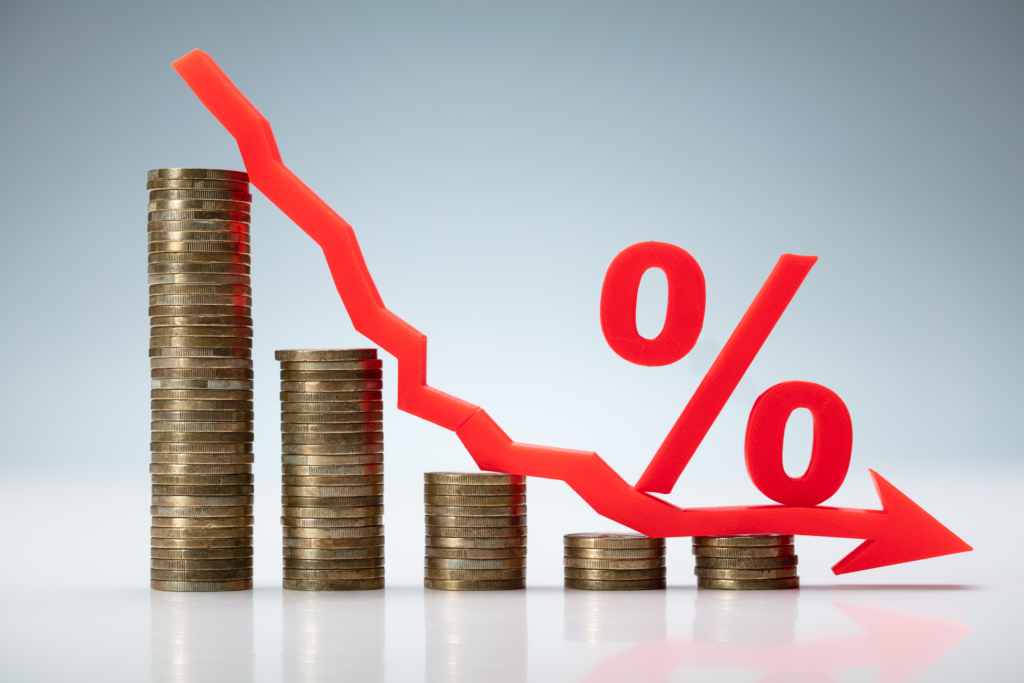An interest rate is effectively the cost of borrowing, which the major central bank determines. This means that the lender charges a borrower interest when they take out an type of debt. However, a negative interest rate environment is where those lenders may end up paying borrowers when they take out a loan.
Interest rates tell you how valuable money is today compared to the same amount of money in the future. A positive interest rate implies that your money today is worth more than it will be tomorrow. Inflation, economic growth and investment spending contribute to this outlook. However, a negative interest rate implies that your money will be worth more, rather than less, in the future.
In a negative interest rate:
- Savers would have to pay interest to their bank, rather than receive it.
- Borrowers would be paid to do so instead of paying their lender.
This would promote consumption and investment instead of saving.
Central banks in Europe, Scandinavia and Japan have implemented a negative interest rate policy on excess bank reserves in the financial system over the past two decades.
A negative interest policy sets the nominal target interest rates with a negative value below the theoretical lower threshold of 0%. 9
While unorthodox, this tool aims to spur economic growth through spending and investment, rather than through hoarding. The NIRP is a way to incentivise corporate borrowing and investment and discourage the hoarding of cash when the economy performs poorly (especially during periods of economic recession or depressions).
If you want to talk more about your super, please book a free discovery call here.

